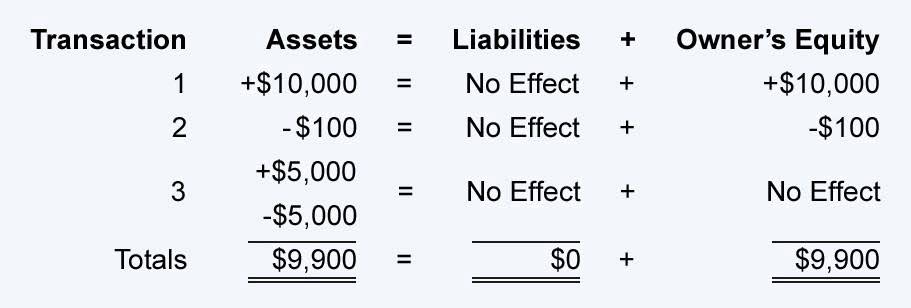
He has been the CFO or controller of both small and medium sized companies and has run small businesses of his own. He has been a manager and an auditor with Deloitte, a big 4 accountancy firm, and holds a degree from Loughborough University. General advice disclaimerThe information provided on this website is a brief overview and is general in nature. We endeavour to ensure that the information provided is accurate however information may become outdated as legislation, policies, regulations and other considerations constantly change. Individuals must not rely on this information to make a financial, investment or legal decision.
Work out the difference between this amount and the total inserted at the bottom.

No, if your tax return has a status of “In progress – Balancing account” it means that the ATO has the balancing an account results of your return, and they’re still calculating your refund or amount owing. If the sum of the two sides is equal, two parallel lines must be submerged under the total of the two sides to close the account. The following procedure may be followed to determine the balance of the account.
- The primary goal is to verify that balances match and all bank transactions, including payments and deposits, have been recorded correctly.
- It should be a regular practice to check account balances before making any major financial decisions.
- Reviewing your transactions lets you find any pesky, bank account-draining charges like these and take care of them for good.
- Each type has a specific focus but all aim to ensure ledger accuracy.
- That is if the sum of the debit and the credit side of an account is unbalanced, the difference between the small amounts excluding the larger amount is called the balance of the account.
- However, this definition only applies to loan accounts instead of savings or checking accounts.
You’ve read 0 of your 5 free revision notes this week

Contra accounts add complexity by maintaining balances opposite to their classification. For example, a contra asset account like Accumulated Depreciation carries a credit balance, reducing the total assets reported. Similarly, a contra revenue Online Accounting account, such as Sales Returns and Allowances, has a debit balance that offsets revenue. Overall, the above rules apply to all assets, liabilities, and equity balances that companies may have. However, there may be some exceptions to these rules, for example, contra accounts. For instance, contra asset accounts accumulate credit balances rather than debit.

Money Market Account

To find an account balance, you look at the aptly named balance sheet. There are many lenses businesses use to understand their financial health at a glance. One such lens is account balances, which can be easily found on the balance sheet. Regularly reviewing balances offers insights into spending habits and opportunities for savings. For example, analyzing discretionary expenses like dining out can reveal areas for cost-cutting, aligning spending with financial goals such as building an emergency fund or saving for a home.

- Balancing accounts is a crucial step in formulating financial statements.
- Learn about your account balance, balance types, and examples in this in-depth article.
- Reconciling your checking account means cross-checking all of the transactions in your own records with those of the bank to ensure they match.
- In the meantime, you might forget about it and think you have $500 more than you really do.
- We do not make any further entries to work out the closing balance – the $4,000 balance is self-evident from the single entry.
When posting is complete, many accounts may have entries on their debit https://www.bookstime.com/ side as well as credit side. The net result of such debits and credits in an account is the balance. This is the majority significant division of an account as it shows value or place of asset, liability, capital, income or expenses of which the account is a record. The process is referred to as ‘balancing off accounts’ or balancing the ledger. Each of the accounts in a trial balance extracted from the bookkeeping ledgers will either show a debit or a credit balance.